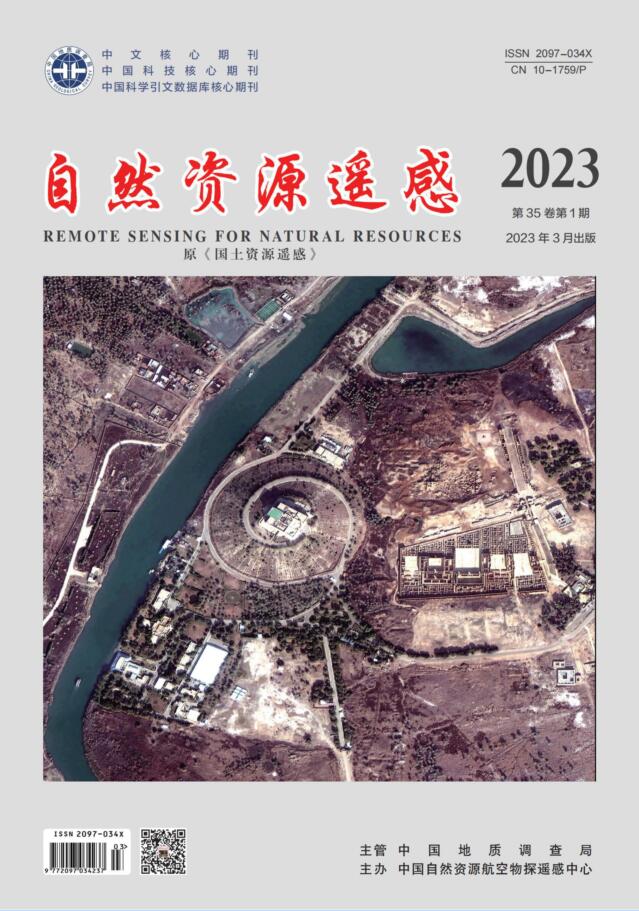| [1] |
Wang J, Shi P, Jiang P, et al. Application of BP neural network algorithm in traditional hydrological model for flood forecasting[J]. Water, 2017, 9:48.
Google Scholar
|
| [2] |
Batelaan O, De Smedt F, Triest L, et al. Regional groundwater discharge:Phreatophyte mapping,groundwater modelling and impact analysis of land-use change[J]. Journal of Hydrology, 2003, 275:86-108.
Google Scholar
|
| [3] |
Bhattacharjee N V, Tollner E W, et al. Improving management of windrow composting systems by modeling runoff water quality dynamics using recurrent neural network[J]. Ecological Modelling, 2016, 339:68-76.
Google Scholar
|
| [4] |
Kratzert F, Klotz D, Brenner C, et al. Rainfall-runoff modelling using Long Short-Term Memory (LSTM) networks[J]. Hydrology and Earth System Sciences, 2018, 22:6005-6022.
Google Scholar
|
| [5] |
Schmidhuber J. Deep learning in neural networks:An overview[J]. Neural Networks, 2015, 61:85-117.
Google Scholar
|
| [6] |
Halevy A, Norvig P, Pereira F. The unreasonable effective-ness of data[J]. IEEE Intelligent Systems, 2009, 24(2):8-12.
Google Scholar
|
| [7] |
Zhang J, Zhu Y, Zhang X, et al. Developing a long short-term memory (LSTM) based model for predicting water table depth in agricultural areas[J]. Journal of Hydrology, 2018, 561:918-929.
Google Scholar
|
| [8] |
Kao I, Zhou Y, Chang L, et al. Exploring a long short-term memory based encoder-decoder framework for multi-step-ahead flood forecasting[J]. Journal of Hydrology, 2020, 583:124631.
Google Scholar
|
| [9] |
Xiang Z, Yan J, Demir I, et al. A rainfall runoff model With LSTM based sequence to sequence learning[J]. Water Resources Research, 2020, 56:1-17.
Google Scholar
|
| [10] |
Shen Y, Xiong A Y, Wang Y, et al. Performance of high-resolution satellite precipitation products over China[J]. Journal of Geophysical Research, 2010, 115:1-17.
Google Scholar
|
| [11] |
Rumelhart D E, Hinton G E, Williams R J, et al. Learning representations by back-propagating errors[J]. Nature, 1986, 323:533-536.
Google Scholar
|
| [12] |
Hochreiter S. The vanishing gradient problem during learning recurrent neural nets and problem solutions[J]. International Journal of Uncertainty Fuzziness and Knowledge-based Systems, 1998, 6:107-116.
Google Scholar
|
| [13] |
Hochreiter S, Schmidhuber J. Long short-term memory[J]. Neural Computation, 1997, 9 (8):1735-1780.
Google Scholar
|
| [14] |
GersF A, Schmidhuber J, Cummins F, et al. Learning to forget:Continual prediction with LSTM[J]. Neural Computation, 2000, 12:2451-2471.
Google Scholar
|
| [15] |
Cho K, van Merrienboer B, Bahdanau D, et al. On the properties of neural machine translation:Encoder-decoder approaches[J]. In Proceedings of SSST-8,Eighth Workshop on Syntax,Semantics and Structure in Statistical Translation, 2014,103-111.
Google Scholar
|
| [16] |
Gao S, Huang Y, Zhang S, et al. Short-term runoff prediction with GRU and LSTM networks without requiring time step optimization during sample generation[J]. Journal of Hydrology, 2020:125188,doi:https://doi.org/10.1016/j.jhydrol.2020.125188.
Google Scholar
|






 DownLoad:
DownLoad: